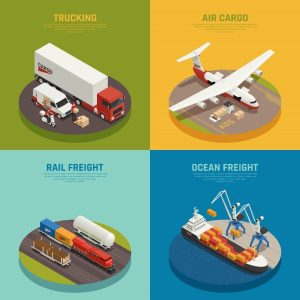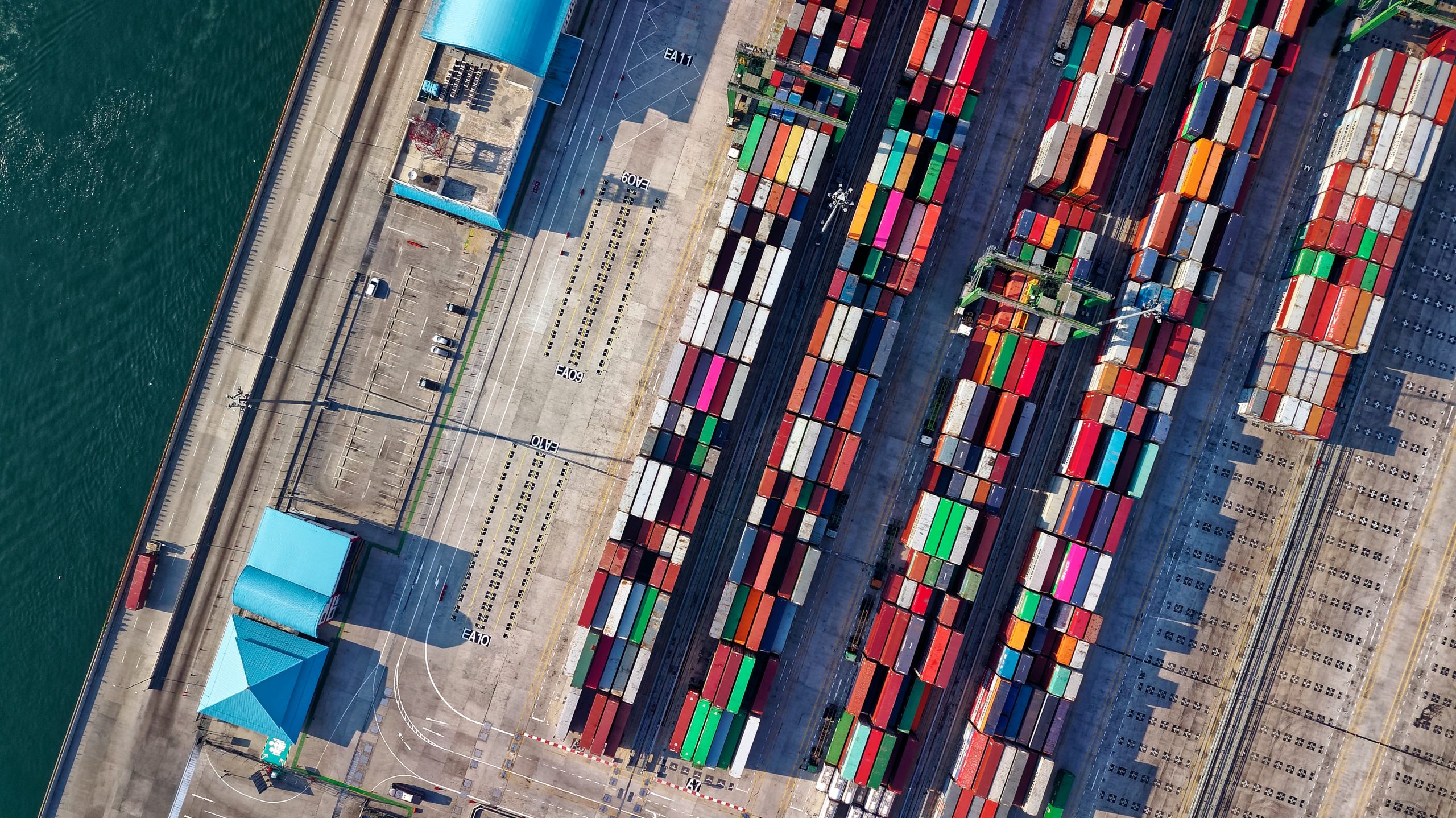In our previous discussion, we defined supply chain management as the art of managing the entire supply chain process, i.e. all the factors to consider so as to get products to their end-users as efficiently as possible. To simplify this, we can describe it as the things we do to impact the behavior of the supply chain and get the results we aim for. Supply chain management optimizes your supply chain so it operates as smoothly as possible by eliminating friction and ensuring a seamless functioning of the overall process of producing supplies, all the way to delivering them to the consumers.
Over the centuries, the practice of supply chain management has often been steered by some basic concepts that create a basic pattern to this practice. Each supply chain has its own distinct set of operating challenges and market demands which remain the same in every case. In any supply chain, companies must make individual and collective decisions regarding their actions in five basic areas which are;
- Production
- Inventory
- Location
- Transportation
- Information
Keep reading to get an overview of these five areas.
1. Production
This activity involves creating master production schedules that are responsible for workload balancing, plant capacities, maintenance of equipment, and quality control.
It asks the questions;
- What products are needed in the market?
- What is the quantity of specific products that should be produced and by when?

2. Inventory
The primary function of inventory is that it acts as a barrier against uncertainty in the supply chain.
It asks the questions;
- What inventory should be stocked at every stage in a supply chain?
- How much inventory should be held as finished goods, semi-finished goods, and raw materials?
However, holding inventory might be expensive, so, another question that arises is;
- What are the optimal levels of inventory and their reorder points?

3. Location
This area of supply chain management asks the questions;
- Where should facilities for inventory storage and production be located?
- What are the most affordable locations for production and inventory storage?
- Should new storages be built or should the existing ones be used?
These decisions, once made, determine the probable paths available for the flow of products for delivery to the end consumer.

4. Transportation
Truck delivery and air freight are fast and reliable transportation methods but they are also expensive. However, shipping by rail or sea is much affordable but often involves longer periods of transit and more uncertainty. By stocking higher inventory levels, this uncertainty is compensated. This activity asks the questions;
- How should inventory be transported from one location of the supply chain to another?
- What is the best time to deploy which mode of transportation?

5. Information
Timely and accurate information gives way for better decision-making and coordination across the supply chain. It asks the questions;
- How much data should be collected?
- How much information should be shared?
With credible information, people are able to make effective decisions regarding what to produce and the quantity, the location of the inventory, and how to best transport it.

The sum of the above decisions defines the effectiveness and capabilities of a company’s supply chain. The effectiveness of a company’s supply chain then determines the things it can do and how it can compete in its markets. For a company whose strategy is to serve a mass market and compete based on price, a supply chain that is optimized for low cost works best. However, if a company strategizes on serving a market segment and competing on the basis of convenience and customer service, a supply chain optimized for responsiveness would work best. A company’s supply chain and its market determine who a company is and what it can do. For more insight, refer to our blog on the significance of supply chain management in modern businesses. Register today for a course in Procurement & Supply Chain Management for in-depth knowledge on supply chain management.







